Do you have coins that you’d like to show off, or perhaps sell? Don’t let their true value be hidden away – capture it with photography! Knowing the best techniques for photographing coins can make sure your collection shines and ensures potential buyers see the beauty of your treasured coins. Here are some essential tips to help you photograph coins and truly capture their value!
Equipment for photographing coins
Photography is one of the most important skills for any coin collector. It is essential to document and appreciate the beauty of coins, as well as build a portfolio of valuable coins. Whether you are a beginner or an experienced collector, having the right equipment can make all the difference in your photographic endeavors.

Here is what you will need to get started:
- Camera – To take high-quality pictures of coins, invest in a digital single-lens reflex (DSLR) camera with at least 8 megapixels and manual settings. If budget allows, look for cameras with higher-resolution sensors to capture the most detail.
- Tripod – A tripod will help keep your camera steady and will allow you to take long-exposure shots without blur. Look for a lightweight, yet sturdy model that fits your budget.
- Lighting System – A good lighting system is essential for producing clear and vivid images of coins. You can opt for professional strobe lights or use multiple lamps with adjustable shades on stands. Additionally, consider using light modifiers such as diffusers and reflectors to soften direct light sources.
- Background – For creating attractive coin images, use backgrounds in neutral colors such as black or white depending on the color of the coin itself. Professional photographers also recommend having several different backdrops to add variety to your photos.
- Props – Magnifiers and scales can be used to add interest and detail to your pictures. Consider investing in a good-quality magnifier or loupe with at least 10x magnification. Additionally, use digital scales to accurately measure the weight of coins before photography.
By using the right equipment for photographing coins, you will be able to take beautiful images that are worthy of any collector’s portfolio. Remember to experiment with different angles, light sources, and props until you find what works best for you. With practice and dedication, your coin photography skills will improve over time [1]!
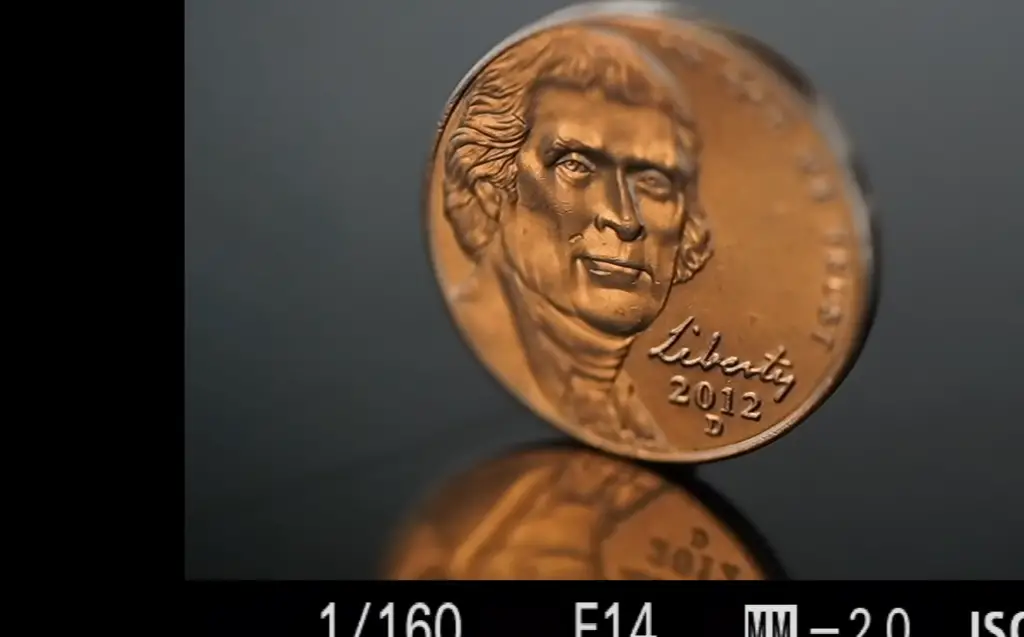
A Brief Guide to Coin Photography
Getting Started
Coin photography is a challenging but rewarding art form. Whether you’re an amateur or a professional photographer, it’s important to familiarize yourself with the basics of coin photography. Here are some tips to get you started:
- Choose your equipment wisely. If you’re just starting out, it’s best to use a digital camera and basic lighting setup. More advanced photographers may want to invest in specialized tools like macro lenses and ring lights.
- Experiment with angles and light sources. Finding the perfect angle can make all the difference when shooting coins; try different angles until you find one that works for you. You’ll also want to experiment with different light sources, such as natural or artificial light, depending on the effect you’re trying to achieve.
- Take pictures from different distances. Depending on the size of the coin, you may want to take pictures from close up or farther away. Taking multiple shots at varying distances can help you capture all of the details and textures that make coins unique.
- Use a tripod or other stabilizing device. Coins tend to move around when photographed, so using a tripod or other stabilizing device can help keep your shots steady and focused.
- Adjust your camera settings for optimal results. When shooting coins, it’s important to adjust your camera settings to get the best results possible. Try increasing the shutter speed and ISO, as well as adjusting the white balance and exposure level until you get an image that looks just right. With a little practice and experimentation, you’ll be able to capture stunning coin photographs in no time.
Choosing a Background
The background of your coin photograph can make or break the image. A plain, neutral background will allow the focus to remain on the coin itself, while a more detailed or textured backdrop can add visual interest and depth. You can use materials like fabric, paper, or even wood as backgrounds for your images. Just make sure that whatever you choose doesn’t overwhelm the coin and draw attention away from it.
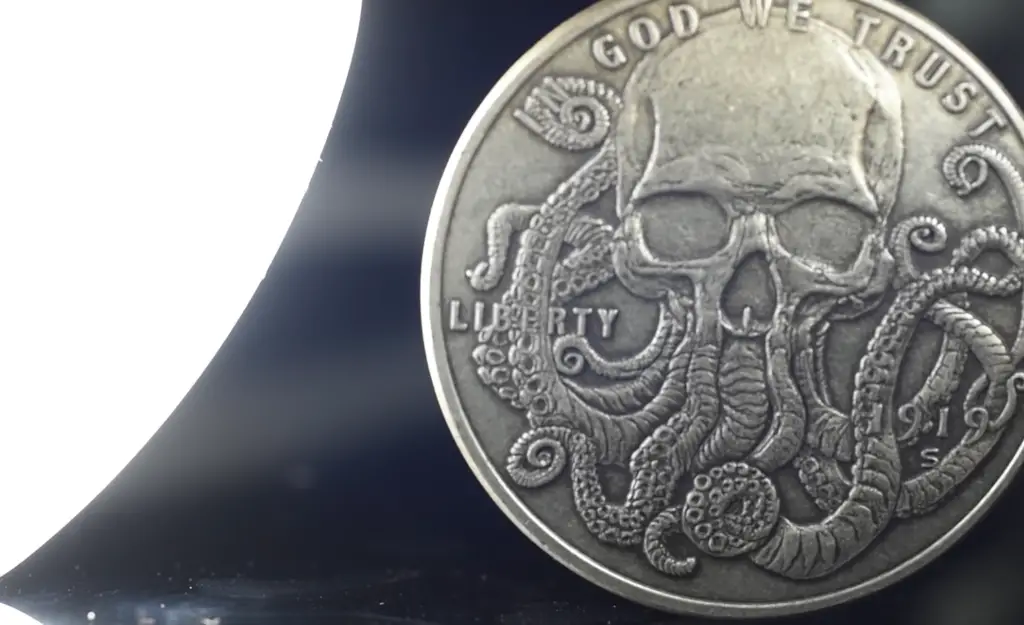
Editing Your Coin Photographs
Once you’ve taken your shots and chosen a background, it’s time to edit them. Editing can help bring out details in the coin that may have been lost in camera settings or lighting. Use software like Photoshop or Lightroom to adjust exposure levels, tweak colors, crop photos, and more.
Background Separation
Background separation is a useful technique in coin photography. It involves separating the coins from their background to create a more dynamic and interesting image. This can be done with various techniques, such as creating an alpha mask or using the Refine Edge tool in Photoshop.
LED Lighting
LED lighting is a great way to bring out the details of coins. LEDs provide natural-looking light and can be used both indoors and outdoors. You can also purchase LED lighting kits that come with different color filters, dimmers, and other features to give you more control over your shots.
Pseudo-Axial Lighting
Pseudo-axial lighting is a type of artificial light that mimics the look of natural sunlight. This can be used to illuminate coins from behind or above, creating a dramatic and interesting effect. It’s important to adjust your camera settings when using pseudo-axial lighting to avoid overexposure and blown-out highlights [2].
Choose the Most Effective Lighting
Amount of Light
When choosing the most effective lighting for any space, it is important to consider the amount of light that is necessary. Generally speaking, if a room is used for activities such as reading and studying, then more light is needed than in a room that serves a primarily decorative purpose. Additionally, rooms with lots of natural light may be able to get away with using fewer artificial lights.
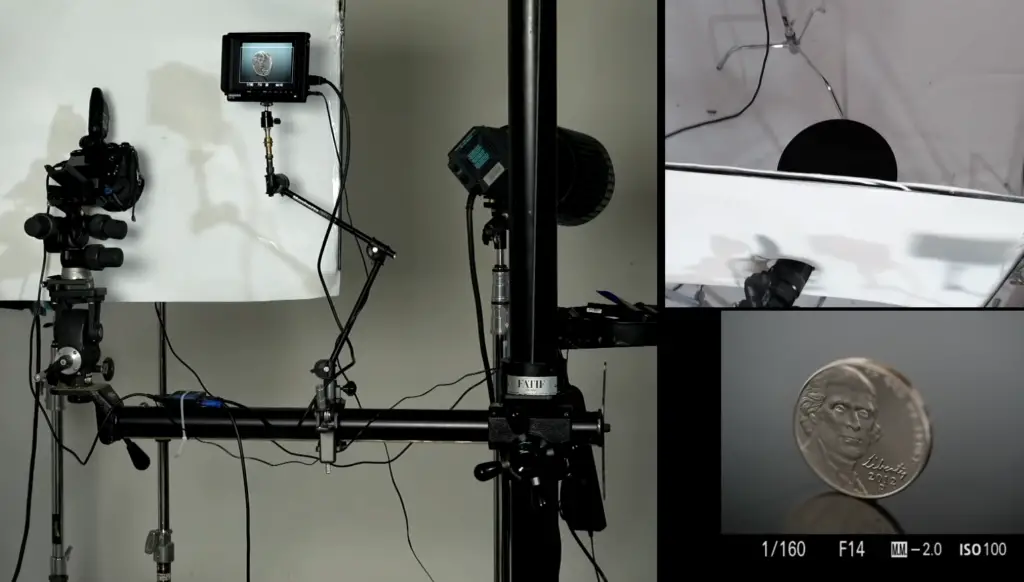
Types of Light Fixtures
The type of lighting fixture chosen can also affect how well-lit a space will appear. LED bulbs are often recommended because they use less electricity and last much longer than traditional incandescent bulbs. In addition to this, certain fixtures are better suited for specific purposes – for example, track lights can provide targeted light for artwork, while wall sconces make great ambient lighting.
Layout of the Room
The layout of a room is also an important consideration when selecting effective lighting. Task lighting should be placed in spots where it will most help – such as desks or work areas – whereas accent lights can add atmosphere to any space. It is also a good idea to think about how light will travel throughout the room – if there are multiple points of entry, more lights may need to be strategically placed in order to create even illumination.

Style and Design
The style and design of the space must be taken into account when selecting lighting fixtures. For example, a modern space would benefit from sleek track lights or recessed cans, while a more traditional space might look better with wall-mounted sconces or chandeliers. Additionally, the finish of the fixture – such as brass or chrome – should match the other elements in the room to create a cohesive aesthetic.
Safety and Energy Efficiency
It is important to think about safety and energy efficiency when selecting lighting fixtures. It is always best to use LED bulbs that are UL listed, meaning they have been tested for safety by an accredited laboratory. Additionally, choosing ENERGY STAR-certified lights will ensure that they meet certain energy efficiency criteria. By taking all of these factors into consideration, it is possible to select lighting fixtures that are both aesthetically pleasing and practical.
Angle of Light
The angle of light can also affect how well-lit a space is. In general, lights should be facing down for task lighting applications and up or outward for ambient lighting. Additionally, angled spotlights or track lights are great for illuminating artwork or other features in the room.
Light Contrasts
Light contrasts are also important when considering how to light a space. Different types of lighting can create drama and interest in any room if used correctly – for example, bright lights can be used to highlight certain areas while softer lights provide an overall glow. Additionally, dimmers and layers of lighting can help create the desired ambiance in any setting.
Using Axial Lighting
When selecting lighting for a room, it is important to consider axial lighting – which is the angle between two light sources. This technique can be used to create interesting shadows and highlights in any space or to provide a more even distribution of light throughout an area.
Alternative Lighting Techniques
Finally, it is worth considering alternative lighting techniques such as natural light, candles, or fairy lights. These can be used to add warmth and ambiance to a space without having to rely on traditional lighting fixtures. Additionally, the use of task lamps and portable lights can help create focal points in any setting.

Why do you need to photograph coins?
Photographing coins is an important part of coin collecting and allows collectors to accurately document the condition and value of their coins. The photos can also be used for research, authentication, grading and ultimately selling a collection. Taking good-quality photographs of your coins will help you to keep track of your collection while providing a reliable reference for future use.
In addition to documenting the physical characteristics of each coin, photographing them can help you detect any defects or damage that may affect its value. High-quality images provide collectors with detailed information about the overall condition of the piece including scratches, corrosion, discoloration, and missing details. Photographs can also be used to compare different pieces side by side which makes it easier to distinguish between varieties and errors.
Photos can also be used for authentication purposes if you are considering a purchase or before selling your coins. By taking photographs of both sides of the coin, collectors can easily identify features that indicate its authenticity. In some cases, this comparison to known genuine examples will help in determining whether the coin is counterfeit or not.
Finally, photographing your coins provides you with an easy way to display them online when showcasing or selling off parts of your collection. This helps potential buyers understand the condition and quality of each piece before making an offer which makes it easier for everyone involved in the transaction.
Overall, photographing coins is an essential part of coin collecting as it allows you to document their exact condition while providing reference and authentication for future use. High-quality images can also be used to showcase and sell your collection online, making it easier to find buyers who are willing to pay the right price for your coins.
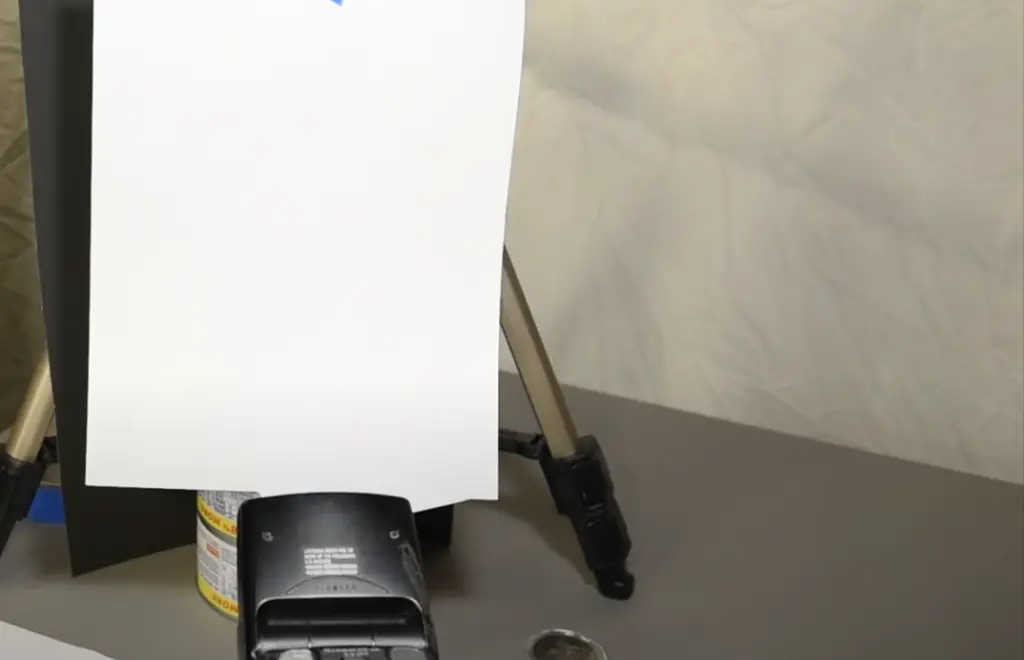
FAQ
What is the best method to photograph coins?
The best way to photograph coins is to use a macro lens, as this will allow you to capture the intricate details of the coin. Using natural light or a professional lighting setup is also recommended for optimal results. It is important to ensure that your camera settings are adjusted correctly in order to achieve sharp and detailed images. Finally, it can be helpful to use a tripod for stability and to even out any shaking from hand-held shots. Taking multiple shots at different angles and distances can also help create interesting compositions while capturing all the details of the coin.
What kind of equipment do I need for photographing coins?
For photographing coins, you will need a digital single-lens reflex (DSLR) camera with an adjustable macro lens. A tripod can also be helpful for stability. You may also need additional lighting equipment, such as a ring light or a soft box if you are shooting indoors. Finally, it is important to have proper coin cleaning supplies on hand in order to ensure that your images capture the best details possible.
What type of background should I use when photographing coins?
When photographing coins, choosing the right background is essential in creating an interesting and visually appealing image. Using a light-colored neutral background will help highlight the textures and design elements of the coin while minimizing distractions from outside elements. If you want to create a different effect or emphasize certain aspects of a coin’s design, consider using darker backgrounds with contrasting colors or patterns. Care should be taken to ensure that the background does not distract from or interfere with the details of the coin.
Are there any recommended editing techniques for coins?
Yes, post-processing is an important part of creating stunning images of coins. Editing techniques such as color grading and contrast adjustments can help bring out more detail in images and enhance them overall. Additionally, selective sharpening and dust removal can help eliminate distracting elements from your photos. Ultimately, editing is a great way to create unique photographs that capture the beauty and detail of coins.
How do you photograph coins with a DSLR?
Photographing coins with a DSLR can be done by adjusting the camera settings to ensure that the images are sharp and detailed. A macro lens is essential for capturing the intricate details of coins, so it should be used when photographing them. Additionally, it can be helpful to use natural light or a professional lighting setup to achieve optimal results. Taking multiple shots at different angles and distances can also help create interesting compositions while capturing all the details of the coin. Finally, using proper post-processing techniques will help create stunning images that truly capture the beauty and detail of coins.
What is the best light for taking pictures of coins?
The best light for taking pictures of coins is either natural sunlight or a professional lighting setup. Natural sunlight will create even illumination and reduce shadows, while a professional lighting setup can provide more control over the amount and direction of the light. For indoor images, using a ring light or soft box can help evenly distribute the light across the coin and eliminate harsh shadows. Additionally, it is important to ensure that your camera settings are adjusted correctly to achieve sharp and detailed images.
Do I need special cleaning supplies for coins?
Yes, having proper cleaning supplies on hand is essential when photographing coins to achieve crisp and clear images. It is recommended to use a soft brush with a mild soap/water mixture as this will not scratch or damage the surface of the coins. Additionally, using a lens cloth to remove smudges and fingerprints can help create clean and sharp images. Finally, it is important to handle coins with gloves to prevent dirt, grease, and oils from transferring onto the coin’s surface.
What type of composition should I use when photographing coins?
When photographing coins, experimenting with different compositions can help capture the beauty of the design elements while creating interesting visuals. Generally speaking, using a symmetrical composition is often recommended as this will emphasize any patterns or designs on the coin’s face. Additionally, taking multiple shots at different angles and distances can also help create unique perspectives and interesting visual elements. Ultimately, it is important to experiment with different composition techniques to achieve the desired results.
Can I use Photoshop for coins?
Yes, Photoshop can be used to edit images of coins to bring out more detail and enhance them overall. Color grading and contrast adjustments can help create a balance between whites, blacks, and mid-tones. Additionally, selective sharpening and dust removal can help eliminate distracting elements from your photos. Finally, you can use vignettes or gradients to further emphasize certain aspects of a coin’s design. Ultimately, it is important to carefully consider any editing techniques being used as they will affect the final look of the image.
What tips would you recommend for photographing coins?
When photographing coins, it is important to ensure that your camera settings are adjusted correctly to achieve sharp and detailed images. Additionally, using a macro lens or adjusting the focal length can help capture the intricate details of coins. It is also recommended to use natural light or a professional lighting setup for optimal results.
Furthermore, proper post-processing techniques will help bring out more detail in images and enhance them overall. Ultimately, experimenting with different techniques can lead to stunning photographs that truly capture the beauty and detail of coins.
What other advice would you give when photographing coins?
When photographing coins, it is important to handle them carefully and with respect. Coins are delicate items that should be handled with gloves to prevent dirt, grease, and oils from transferring onto surfaces. Additionally, it is recommended to use a soft brush with a mild soap/water mixture for cleaning coins as this will avoid scratching or damaging the surface of the coins. Furthermore, taking extra care in setting up your shot can help create interesting compositions while capturing all the details of the coin. Finally, proper post-processing techniques will help bring out more detail in images and enhance them overall.
Is there an app to take pictures of coins?
Yes, there are several apps available that are designed specifically for taking pictures of coins. These apps often have specialized features such as macro lenses and adjustable lighting settings to help capture the intricate details of coins. Additionally, some apps may also offer in-app editing tools such as contrast adjustments and dust removal to help create clean and sharp images. Ultimately, finding an app that fits your needs can help you take stunning photographs that truly capture the beauty and detail of coins.
Do I need post-processing for coins?
Yes, post-processing is an important part of creating stunning images of coins. Editing techniques such as color grading and contrast adjustments can help bring out more detail in images and enhance them overall. Additionally, selective sharpening and dust removal can help eliminate distracting elements from your photos. Finally, vignettes or gradients can be used to further emphasize certain aspects of a coin’s design. Ultimately, it is important to carefully consider any editing techniques being used as they will affect the final look of the image.
What are some tips for post-processing coins?
When post-processing coins, it is important to carefully consider how each adjustment may affect the image overall. Color grading and contrast adjustments can help bring out more detail in images and create a balance between whites, blacks, and mid-tones. Additionally, selective sharpening and dust removal can help eliminate distracting elements from your photos while retaining crisp details around the edges of coins. Finally, adding vignettes or gradients can help emphasize certain aspects of a coin’s design while creating interesting visuals.
Can you scan a coin?
Yes, it is possible to scan a coin using specialized software and equipment. Scanning coins can help create digital images that are of higher quality than traditional photography. Additionally, scanning coins can also capture the intricate details of coins in much greater detail compared to other methods. Ultimately, scanning coins is an effective way to create stunning images that truly showcase the beauty and detail of each piece.
Do you need special lighting when photographing coins?
Yes, proper lighting is essential when photographing coins as this will affect the overall look of the image. Generally speaking, it is recommended to use natural light or a professional lighting setup for optimal results. Additionally, adjusting your camera settings accordingly is important as this will ensure that all details are captured with sharpness and clarity. Furthermore, experimenting with different light sources can also help create interesting visuals and unique compositions.
Useful Video: How to Photograph Coins | Macro Photography Tutorial
Conclusion
Photographing coins is a fun and creative way to document your collection. Taking the time to set up the proper lighting, backdrop, and equipment can help you create stunning photos that highlight the beauty of your coins. When photographing coins, it’s important to take care not to damage them in any way. With careful handling and patience, however, you can capture the intricate details of your coins with professional results. With some practice and experimentation, you’ll find yourself creating more and more amazing coin images!
References
- https://www.peerspace.com/resources/how-to-photograph-coins/
- https://artemis-collection.com/photography/a-brief-guide-to-coin-photography/





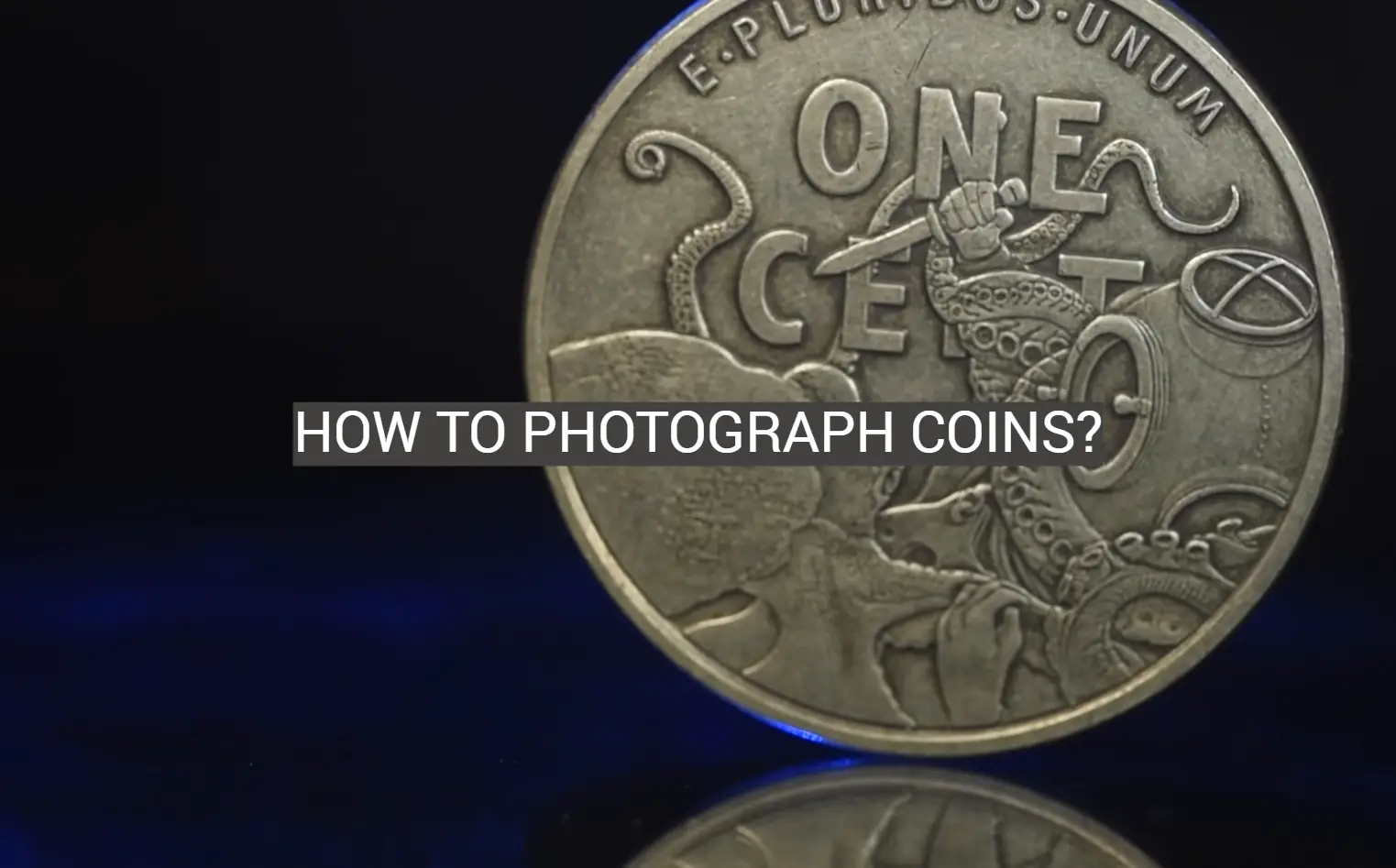
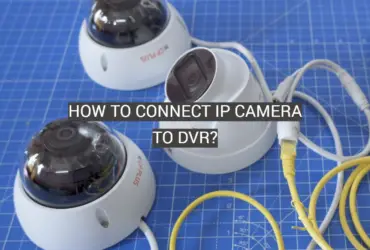



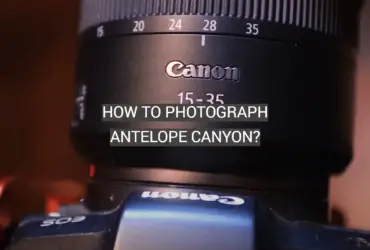
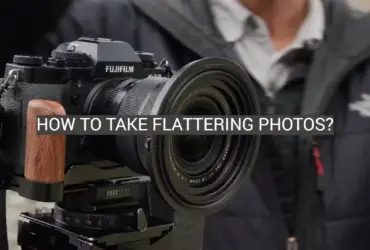
Leave a Reply